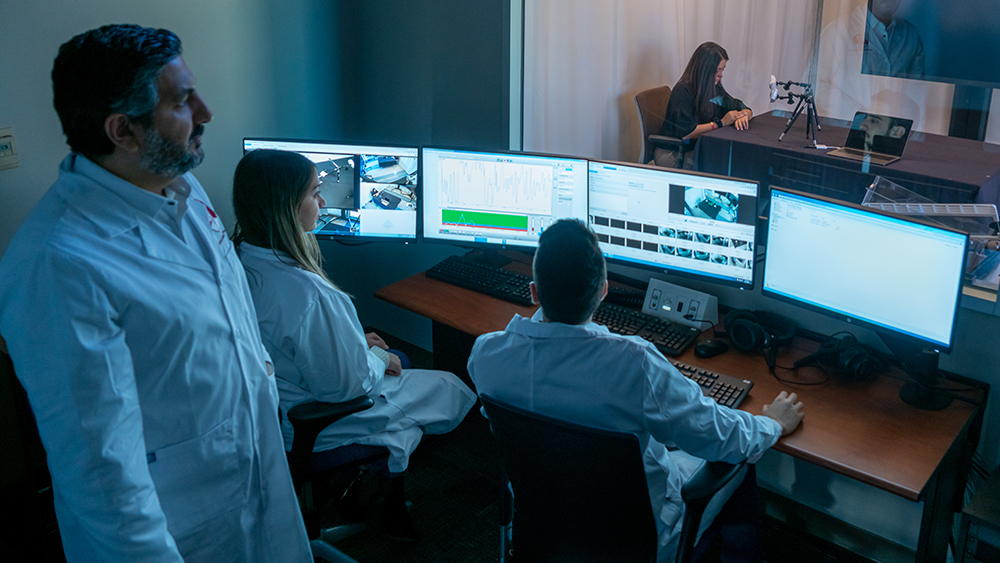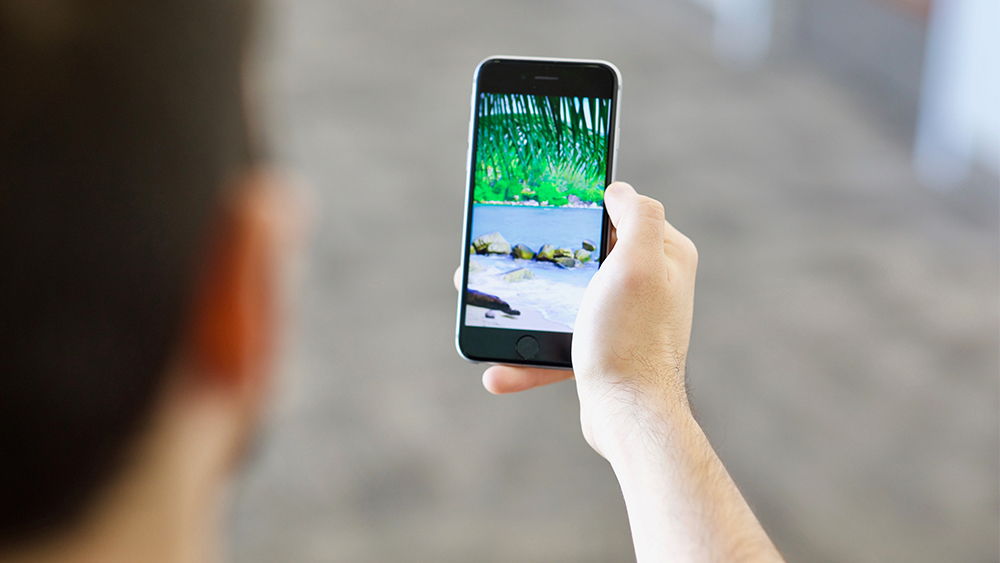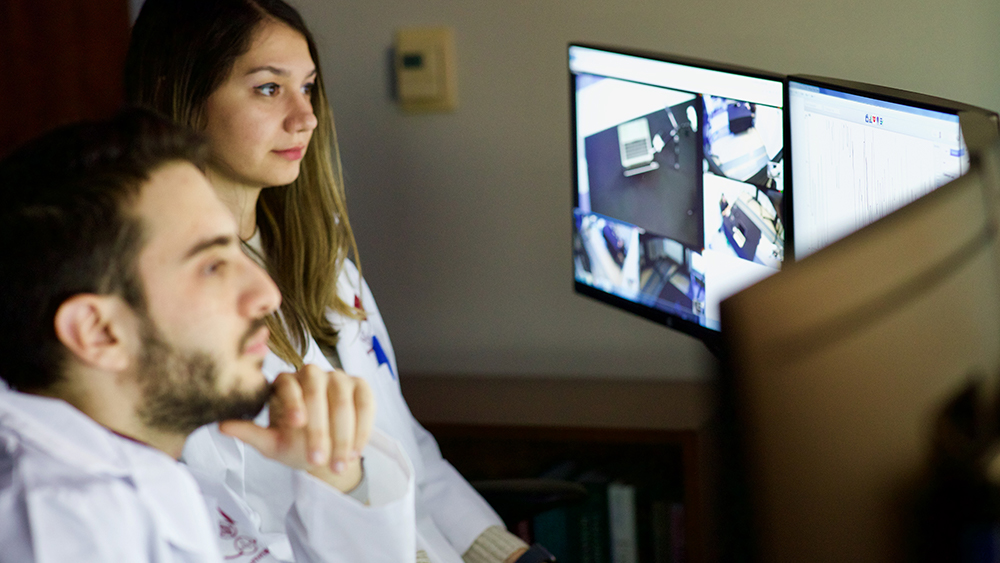Mental health issues are becoming more prevalent on college campuses across the country and researchers at Texas A&M University are working to develop evidence-based services that will help manage students’ mental health. While mental health counseling is available on most college campuses, the stigma around mental health care can keep students away from the help they need.
Tools to help combat this stigma are readily seen on college campuses today – smart devices. Most college students have either a smartphone, tablet or smartwatch. These devices allow students constant access to one another and the world around them and can provide a reliable platform to deliver mental health services.

A team of researchers led by Dr. Farzan Sasangohar, assistant professor in the Department of Industrial and Systems Engineering, is developing a wearable continuous monitoring tool.
The tool utilizes advanced machine learning and a wide range of sensors provided on commercial off-the-shelf smartwatches to detect signs and symptoms of high anxiety and direct the smartwatch wearer to resources. The wearable device would be triggered by negative indicators, such as anxiety patterns of heart rate and self-reports by the smartwatch wearer, and would prompt the wearer to engage in therapeutic activities. The pilot program is called Mental Health Evaluation and Lookout or mHELP.

Resources available through mHELP include therapeutic activities like mobile self-assessments, educational content and self-management tools, such as biofeedback and mindfulness exercises. These services are available through a mobile platform. The monitoring tool will also integrate with in-person and virtual counseling sessions, which will help mental health providers guide their patients’ treatment plans more effectively.
This pilot program hopes to bring mental health care to students as they experience anxiety or depression and provide on-demand or proactive access to virtual and in-person counseling. By allowing students to manage their mental health through a wearable device, the researchers feel that some of the stigma associated with mental health treatment can be overcome.

“Mental health is affecting students’ academic success and their overall quality of life,” Sasangohar said. “Mental illness can also affect a student’s motivation, concentration and social interactions, which are all crucial factors for a student to be successful in college and life.”

This program is the first of its kind and could be used as a model for integrating mobile-enabled technologies into mental health care in other communities.
Sasangohar will collaborate with Student Counseling Services, the Office of the Dean of Faculties, the Division of Student Affairs, as well as faculty in the Bush School of Government and Public Service, College of Education and Human Development, School of Public Health and College of Engineering.
This project is funded by the X-Grants program at Texas A&M through the Office of the President. Funding will be used to implement the pilot program at Texas A&M.
